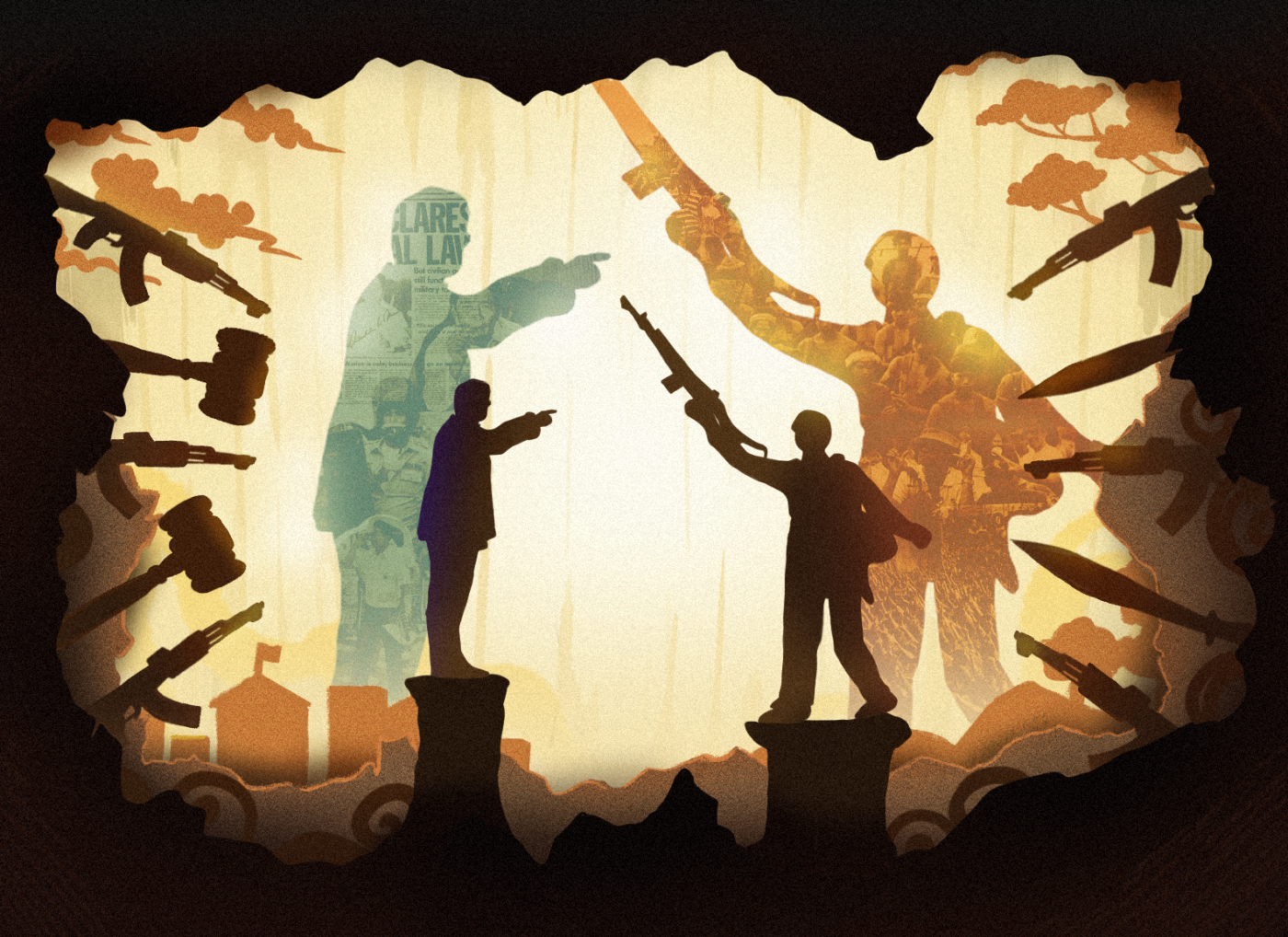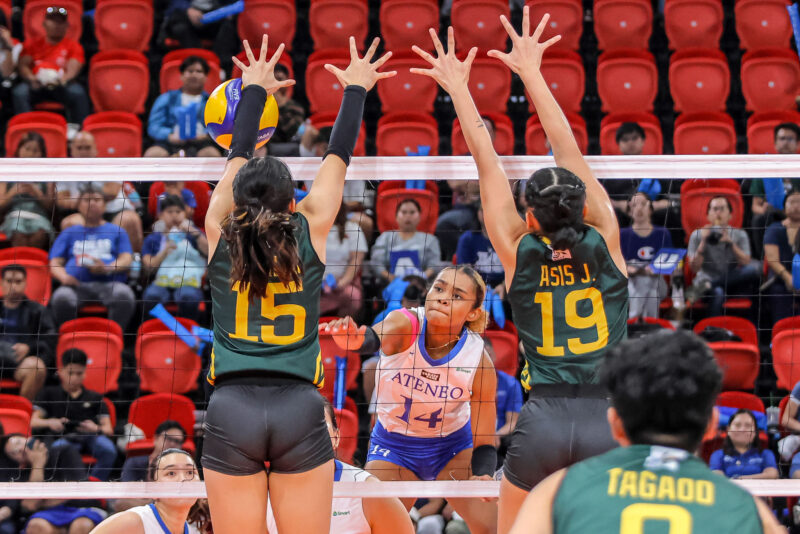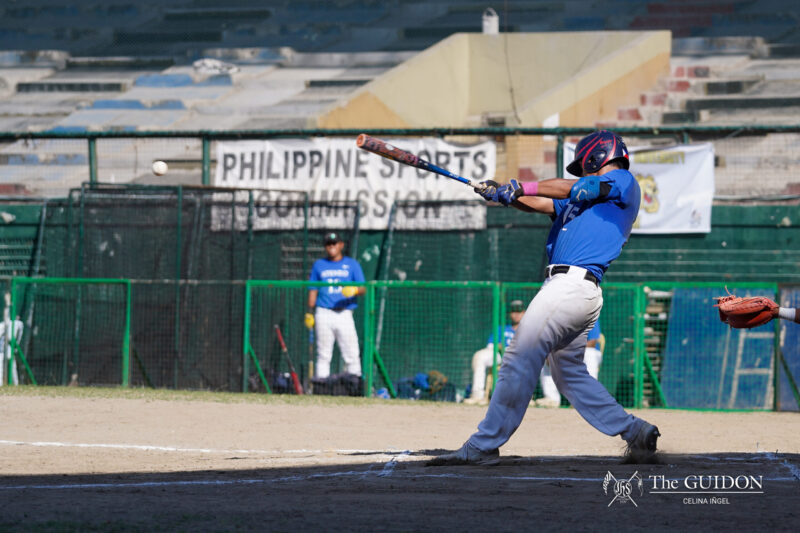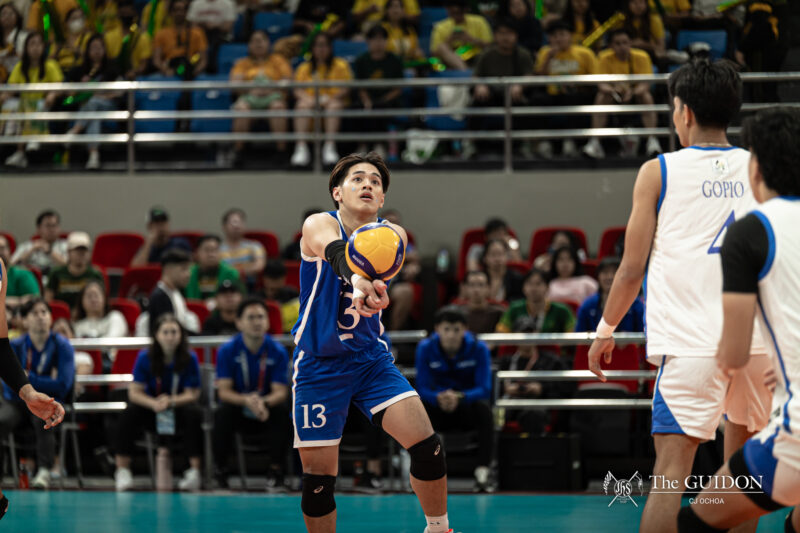AT THE end of 2023, Ferdinand Marcos Jr. granted political amnesty to former members of the Communist Party of the Philippines – New People’s Army (CPP–NPA). Similarly, Marcos Jr. also agreed to revive peace negotiations with the National Democratic Front (NDF) left-wing coalition toward ending the country’s communist armed conflict.
Beyond hindsight, this approach is a far cry compared to the violent measures pursued against these groups under his late father’s dictatorship. With such initiatives to negotiate with the remaining members of the country’s communist insurgency, the long history of their struggle does not discount the brutal actions imposed during martial law. As such, the need to uphold a rightful space for discussion remains imperative—regardless of who presides state-authority.
Rapid militarization
Significant social unrest in the early 1970s marked the beginnings of anti-government sentiment across the region. According to History Professor Abel Ubaldo, fears of communist takeovers also placed Indonesia and South Korea under authoritarian rule. The situation is also akin to those occurring in Cambodia, Laos, and Vietnam at the time.
It was within this context that the Communist Party of the Philippines (CPP) emerged as a splinter group from the Partido Komunista ng Pilipinas (PKP), which was comparatively receptive to the regime despite its ideological differences.
Threats of unrest created pressure both within and beyond the country, compounded by the economic crisis and ballooning debt by 1970, the 1969 Balance of Payments Crisis, and the enduring Vietnam War involvement.
With the First Quarter Storm of 1970 at its peak, the then-newly reelected President Ferdinand Marcos Sr. was conspiring to extend his presidency beyond the two-term constitutional mandate. Ubaldo asserted that the Marcos administration saw the period of unrest as a conveniently-timed facade to justify the imposition of an authoritarian regime and extend his presidency.
The relatively new group CPP then capitalized on the reputation indirectly bestowed unto it by the Marcos government. Ubaldo further added that due to the lack of democratic channels and legal means to challenge Marcos, opposition figures proceeded to take up arms as a direct outlet of civil action.
“Many oppositionists who were originally moderate decided that the only way to resist the Marcos dictatorship was through armed struggle, which is why they joined the NPA,” Ubaldo said.
Scarred relations
As the resistance toward the Marcos regime grew, the CPP–NPA were founded with the aim of reforming the country’s communist presence, having long-term goals of equity and mass public reform. As a breakaway group from the established PKP, the Armed Forces of the Philippines deemed the organizational divide as a “serious threat” to the country’s government and state security.
Despite the military’s heightened focus, the strength of the insurgency movement had been exaggerated even from a low number of military cadres prior to martial law. Regardless of the true scale of these rebel groups, the mere threat of insurgency was enough for Marcos Sr. to justify its suppression through military rule.
Reflecting on the CPP–NPA’s history of coordination with the administration, Ubaldo noted that discussions to negotiate with the insurgent groups have been ongoing ever since the end of the Marcos Sr. regime.
“After the reign of [Marcos Sr.], state and rebel groups negotiations persisted but were [largely unfulfilled and faulty] as the government became slightly aggressive with regard to labeling and rejecting progressive groups,” he explained in a mix of English and Filipino.
Repressive avenues
Upon the fall of Marcos Sr.’s regime, negotiations largely remained at a standstill. During the subsequent administrations, state initiatives aimed to provide amnesty and maintain peace resolutions with the CPP–NPA. However, suspension of peace talks also became prominent due to the alleged militant actions of rebel groups.
Negotiations were further halted at large during the administration of President Rodrigo Duterte with the creation of the National Task Force to End Local Communist Armed Conflict (NTF-ELCAC), which sought to diminish the remnants of the communist insurgency. Since then, the state has weakened the opportunity of reaching a mutual agreement, partly due to the recurring cases of kidnapping and red-tagging.
Ultimately, the place for armed struggle in the Philippines is not merely borne out of social unrest. Taking up arms against the government stems from the harsh socioeconomic realities and lacking democratic avenues to resist institutions that are resistant to genuine and truthful discourse.
Despite the unstable decades-long negotiation between rebel groups and succeeding national administrations, the state bears the mantle of responsibility to foster meaningful dialogue—one that necessitates capability to listen—and more importantly, to remember.




